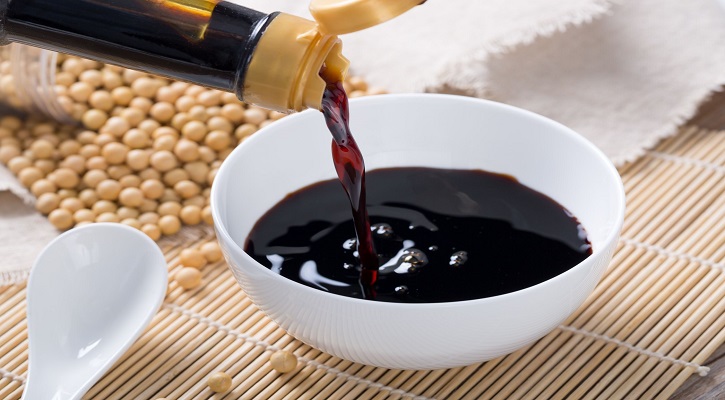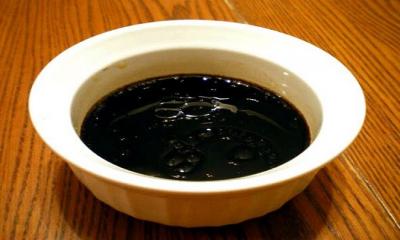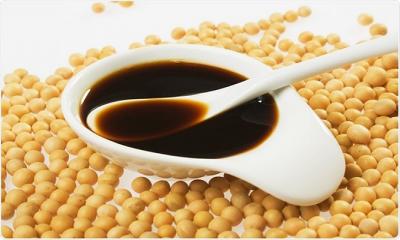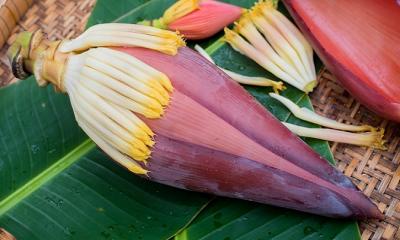
What is Tamari?
- Womenscorner Desk
- September 24, 2020
Tamari is a type of soy sauce. It’s processed differently than traditional soy sauce using different ingredients. These include water, salt, and miso paste containing soybeans. It may also include a type of brine called moromi, as well as a type of fungus called koji.
Unlike soy sauce, it contains little to no wheat, making it a suitable option for those avoiding gluten just be sure to read the ingredient label first. Tamari has a richer, stronger, and less salty umami flavor than soy sauce due to its higher soybean protein content.
Read More : Creamy Kabocha Squash and Roasted Red Pepper Pasta
You can replace fish sauce with tamari at a 1-to-1 ratio or start with a little less, adding more to taste. Tamari is one of five popular types of Japanese soy sauces known as shoyu. Shoyu is made by fermenting soybeans — and sometimes wheat — using a special fungus (koji) and brine (moromi).
The other types of shoyu are koikuchi, shiro, usukuchi, and sai-shikomi. Each differs based on its fermentation process, thickness, flavor, and wheat content. Compared with most soy sauces, tamari is darker, contains little to no wheat, and has a stronger umami flavor.
Umami is a Japanese term for “pleasant savory taste” and refers to the unique flavor of three amino acids found in plant and animal proteins. Common umami foods include kimchi, seaweed, soy products, and some aged meats and cheeses.
Read More : Why We Should Eat Papaya?
Although some varieties contain small amounts of wheat, most tamari is wheat-free, gluten-free, and vegan. Other soy sauces typically contain high amounts of wheat, making them unsuitable for people who avoid gluten. Furthermore, they’re usually much lighter in color and sweeter.
The most popular type of soy sauce in North America is Chinese soy sauce, which is saltier than tamari. Furthermore, it isn’t gluten-free. Thus, tamari is your best option for a gluten-free soy sauce.
Source : Google








